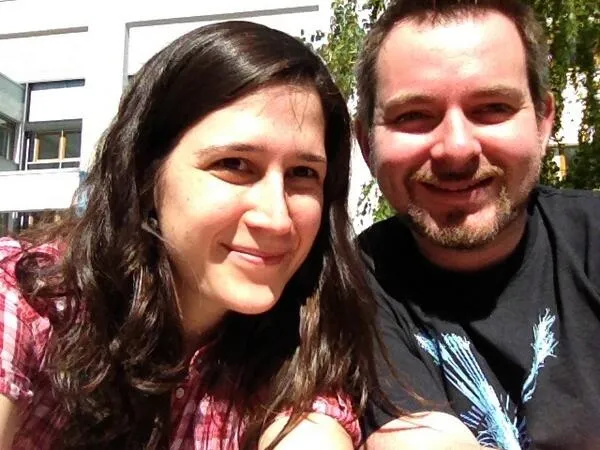People suffering from diabetes have to live pending day after insulin injections day because their pancreas cannot generate it naturally.
The disease causes its immune system to destroy the so -called islet cells, which allow the pancreas to produce this hormone that regulates the blood glucose level.
This unit can end in the future thanks to the results of an investigation published Monday in the journal Nature Communications.Scientists from the Max delbrück Center of Molecular Medicine in Berlin (Germany) have genetically modified cells taken from the liver to act as these islet cells.
The study did not try to generate new cells but to force an identity crisis in those already existing in the Hígadola research directed by Francesca Spagnoli, did not try to generate new cells but to force an identity crisis in those already existing in the liver, genetically reprogramming itsBehavior to act as cells eliminated by the disease and help the pancreas to generate insulin again.The objective has been met thanks to the modification of a single gene, the TGIF2, which is active in the pancreas tissue but not in the liver.
success in experiments with mice
The Spanish molecular biologist Nuria Cerdá-Eastban, researcher at the Spagnoli team and main author of the study, performed tests in mice, and observed that liver cells behaved as pancreatic cells when receiving copies of the TGIF2 gene.As the authors could verify, at first the cells lost their liver properties to then develop the characteristics of the islet cells.Then, they transplanted those cells modified to diabetes sick mice.
The results show as after the intervention the blood glucose levels of the rodents improved naturally.The modified cells were assuming the function of those lost islet cells.
With these data, the next line of action is to try to apply success in human patients, although there is still a way to go."There are differences between humans and mice that we are trying to save, although we are on the right path to develop therapies in the future," explains Spagnoli.
The team is working on this same strategy for liver cells in humans thanks to a scholarship granted in 2015 by the European Research Council (ERC).


